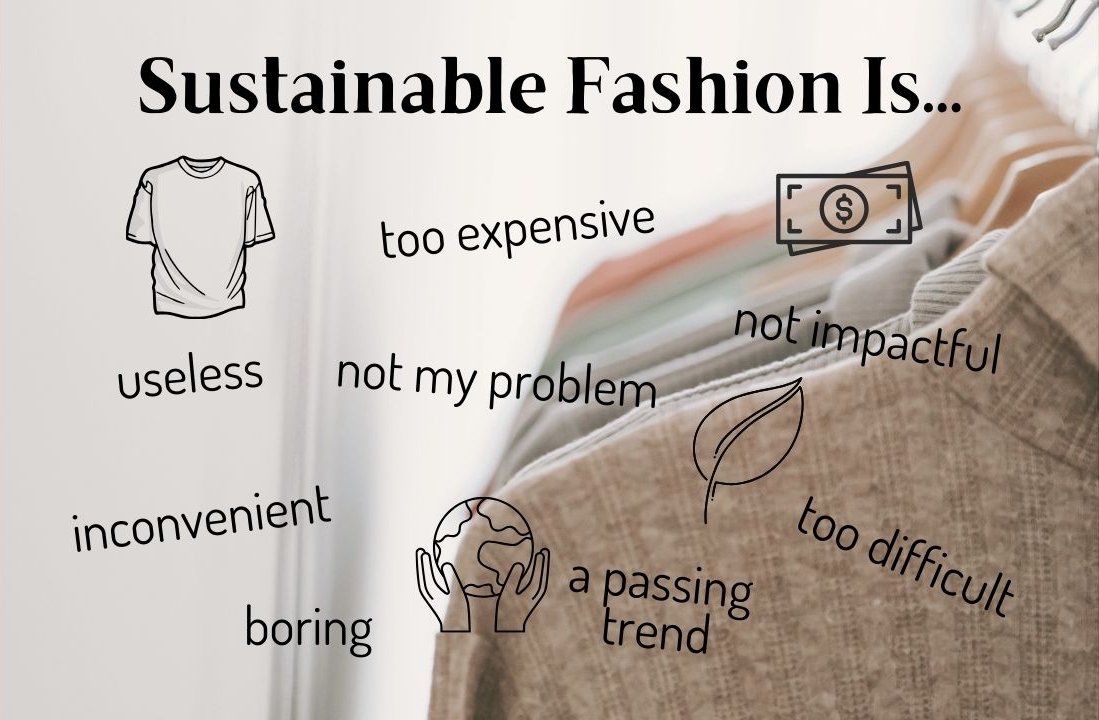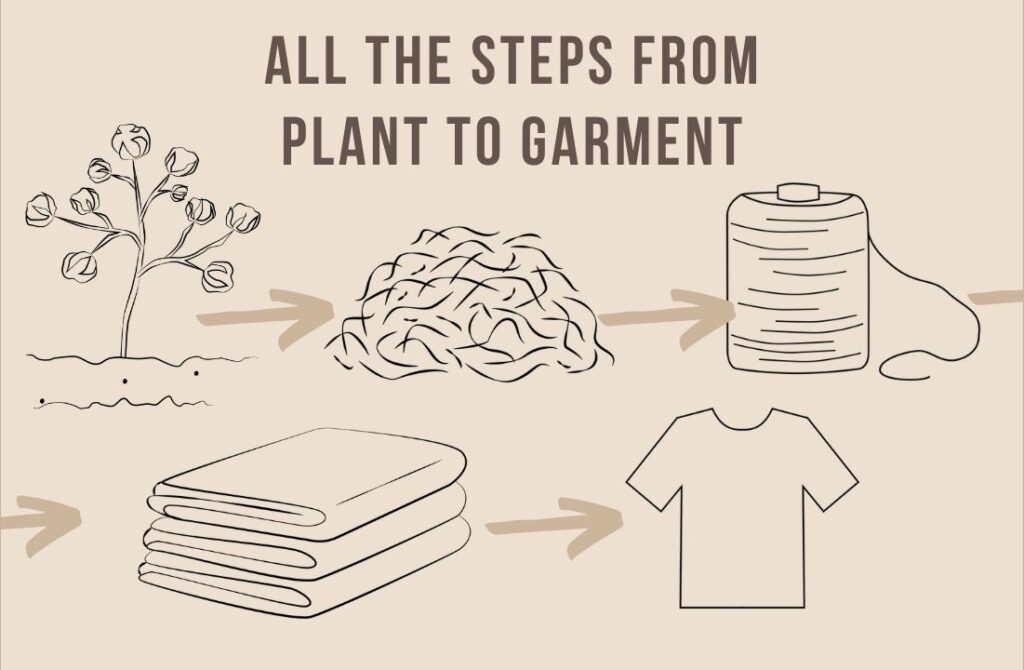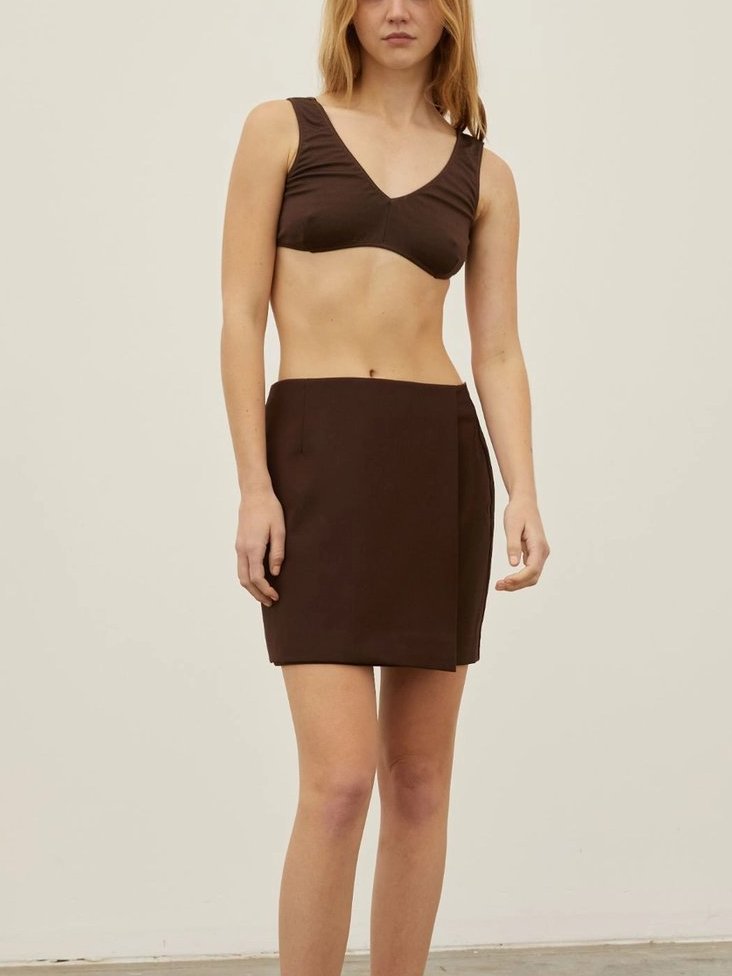Sustainable fashion has gained significant attention in recent years as consumers are becoming more aware of the environmental impacts of the fashion industry. While this is undoubtedly positive, there are a lot of beliefs about sustainability that aren’t entirely true or more nuanced than they seem. These beliefs and statements are often used as reasons for people to not change their shopping behaviour. In today’s world with internet and social media, it is very easy for misinformation to be spread and to blindly believe what you read. To collectively work towards a more sustainable future, it is essential that we address these misconceptions. In this article, I’m shedding light on the true meaning and essence of sustainable fashion by debunking 5 of the most common misconceptions. If you’re someone who has concerns about sustainability and feels like you can’t or don’t want to be involved, I’m hoping to inspire you with this article to change your perspective and start making informed choices.
#1. Sustainable fashion is boring, not stylish and it’s impossible to follow trends
Let’s start with one that might’ve been true 10 years ago, but times have changed. Many people assume that sustainable fashion means compromising on style and aesthetics and you’ll have to settle for bland, shapeless clothes. Nowadays, this is very far from the truth. There are many brands who offer a plethora of choices that are both environmentally friendly and aesthetically pleasing. Yes, it might be a little more difficult to find compared to conventional fashion because non-sustainable brands are still dominating the industry, but the number of brands that are putting effort into offering eco-friendly products is increasing quickly. And you won’t even notice the difference from looking at the designs, because sustainable clothes don’t look a certain way anymore. Check out the brand list to see some of my favourite ethical brands all over the world.
While fast fashion brands release between 12 and 52 collections a year, sustainable brands usually have 2 or 4 collections. Some don’t even have a strict schedule and just release individual items whenever they finished a design. A lot of ethical brands also focus more on timeless styles, the ultimate slow fashion brands, but if you’re more into trendy fashion, don’t worry. There are actually many ethical brands nowadays that do follow trends. Not the micro trends that only last a few weeks, but the general spring/summer and fall/winter trends.
But if you do want to wear some of the microtrends that fast fashion brands offer through their monthly or weekly collections, you can search for them at your local thrift stores. Thrifting is a sustainable way of shopping (unless you only go to thrift stores to buy all nice pieces in bulk and sell them online for much higher prices and ship them all over the world, but that’s a topic for another day). Some of my favourite pieces I own are from secondhand shops. You can find current items from the latest collections that people wore a few times and then got rid of, or really unique pieces that can be 20+ years old. So whatever your style is, I promise you’ll be able to find items you like with the combination of sustainable clothing brands + thrifting.
#2. Sustainable fashion is expensive and only for the rich
One of the most common misconceptions about sustainable fashion is that it’s exclusively reserved for wealthy people. I have a few things to say about this and I’ll start with the prices. Sustainable clothing brands indeed have higher price points than conventional fashion. I would usually say the reason for that is because sustainable production is more expensive, but I have recently changed my perspective on it. The way I see it now is that sustainable brands are the ones that show the actual prices. They are not overpriced. That’s just simply how much clothes cost. It is what it is. (Of course there are still different price levels in sustainable brands, but we’re talking about the brands that are on the cheaper end, so not luxury brands etc.) The low prices you see in fast fashion stores are achieved by cutting down on every possible thing in the production process: exploiting workers, using the most harmful materials, producing in low-wage countries on the other side of the world. You need to try to get the idea out of your mind that fast fashion brands are asking the real prices and all other brands are overpricing and trying to rob you of your money. It’s the other way around, but instead of robbing money, the fast fashion brands are robbing the earth of its resources, and people who will have to bear the real cost.
Now you might think that I’m confirming this belief rather than debunking it because I’m acknowledging sustainable fashion is more expensive. But I’m not, because dressing ethically is actually more about your behaviour than the products you buy. Of course buying from companies that are trying to do good plays a role too, but you can make a huge positive impact by just changing the way you treat clothes. There is a long list of things that are also part of sustainable fashion: buy less, throw away less, upcycle, share or swap with friends, buy secondhand, take care of the things you own… Notice how none of these actions are connected to how much money you are able to spend? Yes, buying from eco-friendly companies could also be added to the list, but that’s just one of the many things you can do. Someone who thrifts but also sometimes shops at fast fashion stores out of necessity so they can continue providing for their family is more sustainable than someone who is wealthy and buys 10 new items from sustainable brands every week. In my opinion, overconsumption is more destructive than anything else because it amplifies all the other problems. Your behaviour is much more impactful than the type of products you buy.
I also want to add that sustainable brands might not be as expensive as you think. I think a lot of people check out a few brands and then assume all sustainable brands have the same prices. There are many brands that are affordable and might fit within your budget. Also note that sustainable clothes tend to last much longer than fast fashion, so you’ll save money in the long run. For items that you intend on wearing for a long time, such as a jacket, jeans, underwear, basics like T-shirts and tank tops, shoes or basic accessories like belts and bags, it would be better to invest in a higher quality item because you’ll have to buy a replacement much more often if you get it at a fast fashion store.
So the statement should be: sustainable fashion is for anyone who cares, regardless of how much money you have because changing your behaviour is free.
#3. How I dress as an individual won’t make a difference
This misconception is holding us all back from getting things done. You might think: “why would it be my responsibility? Switching to sustainable fashion won’t do anything unless everyone would do it. If I don’t buy this cheap polyester dress, the brand will still exist and someone else will buy it anyway.”
People often don’t feel called to solve world problems because they can’t directly change things. But if we all think this way, nothing will ever change because we’re always looking at other people to go first. We’re waiting for big corporations and governments to deal with it, but you should know by now that they are mostly driven by financial gain which usually doesn’t align with global well-being. Also, brands follow consumer demand so if we continue shopping harmful products, they will continue offering us harmful products. You might feel like individual actions can’t have a significant impact on the world, but the size of one person’s carbon footprint can be very big. Changing your own behaviour doesn’t fix all the issues in the fashion industry, no, but it reduces them. With everything in life, every step counts and is valuable. Every conscious thing you do can contribute to reducing the overall ecological footprint of the fashion industry. And collectively, these individual actions create a ripple effect, driving change and influencing industry practices in the long run.
This belief also makes it sound like it’s such a huge commitment and a boring and difficult task to live a more sustainable lifestyle. Like it’s a burden and a big challenge. It’s actually the most humane and natural way of living if you think about it. We are all connected and you are an inseparable part of the bigger picture. We’re sharing this earth and every purchasing decision we make has consequences for someone or something. It’s up to you whether you want the consequence to be positive or negative. Destroying the world is destroying yourself because we all have to live with the consequences when the earth runs out of natural resources. And because we’re all connected in some way, everyone is capable of doing something and contributing. Once you start making purchasing decisions that benefit us all and not just yourself, you will start to live a more ethical lifestyle without even having to think about it. We’re going from selfish and destructive behaviour to empathetic and constructive behaviour. Every single purchase contributes to either worsening or improving the fashion industry.
And even if it would be true that you as one person won’t make a difference, the truth is, you’re not alone. Luckily, the group of conscious consumers is becoming bigger and bigger. So you’ll be joining an already big group. And if you feel intimidated and discouraged because no one in your surroundings is living a constructive lifestyle, you can be the first one. Take a stance and people around you might be inspired by you. That’s how you create a movement. A more sustainable fashion industry will be the result of large groups of people pursuing the same goal. You can be part of this large group.
So this statement should be: if you as an individual dress more sustainably, it won’t fix all the issues in the fashion industry, but it will reduce them. You are capable of directly reducing the issues caused by the fashion industry.
#4. It’s all or nothing
This is one I’ve been seeing a lot recently and it always irks me. “Well, aren’t you writing this on your laptop and don’t you own a phone that has harmful materials and was made in a low-wage country?” Or you fly across the world because your best friend is getting married there, or you’re going through a tough time financially so you have to buy new shoes at a fast fashion store because your kids grew out of them. It’s like you won’t be taken seriously when talking about sustainability if you’re not 100% sustainable yourself. Please understand: some occasional non-sustainable actions don’t diminish all the good things you’re doing.
There isn’t a template and a checklist for a sustainable lifestyle. It’s even very difficult to define what a completely sustainable life would look like in today’s world. This black-and-white thinking won’t get you anywhere because sustainability, and life in general, is not black and white. It’s grey. Everyone’s conscious life looks different. Some people will have a really eco-friendly wardrobe, others might focus more on buying eco-friendly groceries.
When I write about the atrocious practices in the current fashion and textile industry, I’m not saying we should all go back to living like cavemen. An ultra-minimalistic lifestyle, off the grid, self-sufficient, growing your own fruit and vegetables in your garden is a lifestyle that fits some people but not everyone. And it doesn’t have to. I don’t think you need to completely quit everything and never walk into fast fashion stores again, throw away all plastic and electronics you own and never take the plane anymore. If you are not financially stable enough to only buy sustainable items, and you struggle with finding everything at thrift stores, so you sometimes have to get some items at a non-sustainable store, that’s fine. If you are a conscious consumer and you’re living an eco-friendly reduce-reuse-recycle life but you decide to take the airplane for your honeymoon, that’s awesome. You don’t have to feel bad about it, and you also don’t have to explain yourself to super sustainable people after you make a not-so-sustainable decision once in a while. At least not to me, you’re welcome here no matter where you are in your journey, and whether you even are on a journey or you’re already doing the most you can. It’s about trying your best, being aware of the impact your purchases have, and making informed and conscious decisions.
This all-or-nothing mentality also makes the whole idea of sustainability feel more intimidating because it implies you have to change your life all at once. I can understand if you’ve been thinking this, that it seems like such a big hurdle and an impossible goal to reach. Let me reassure you: you don’t have to go from 0 to 100 overnight. And you might never even reach 100 but getting to 70 or 80 is also really valuable and impactful. Imagine what the world would look like if every person would be even just 50% more sustainable?
This statement should be: sustainable fashion is not about perfection and thinking in extremes. Doing some is better than doing nothing.
#5. If a brand claims to be sustainable, then they are
I wish I didn’t have to add this one to the list, but unfortunately a lot of brands are lying and greenwashing. Sustainability has kind of become a trend and consumers are increasingly becoming more aware of the negative impact of fashion. Brands are seeing the increased demand for sustainable clothing, so they desperately try to stay relevant by suddenly claiming they are eco-friendly. It’s very easy for brands to add a few sentences on their website where they say they care about the environment and have sustainable practices, while not actually doing anything behind the scenes. Same way that you can easily say that you’re a nice person, but just saying it without proving it, doesn’t mean anything.
Nowadays you see big name brands advertising things like H&M’s recycling program and even fast fashion brand SHEIN has made a Code of Conduct where they claim they care about their workers, but my research shows the opposite. Check out this article to read 6 reasons you should try to avoid SHEIN. If a brand only has a few vague statements on their website like ‘we source ethical fabrics and our suppliers meet the highest labor standards’, without giving specifics, and this information is tucked away on a page that you can only find in the tiny menu at the bottom of the website, it’s fake. Don’t believe it. Words are just words. We need action and data. We want to know where the garments are made, by who, which suppliers, what fabrics you use and where you buy them, how often the factories are audited, which areas still need improvement and what you’re actively doing to make that happen. If you can’t find any of this specific information, don’t trust them.
So what do you think of these misconceptions and my counterarguments? Did you, or do you, also believe some of these? Let’s talk in the comments!
Feeling inspired to start dressing a bit more consciously? You can read this article where I list 5 things you can incorporate into your daily life!





